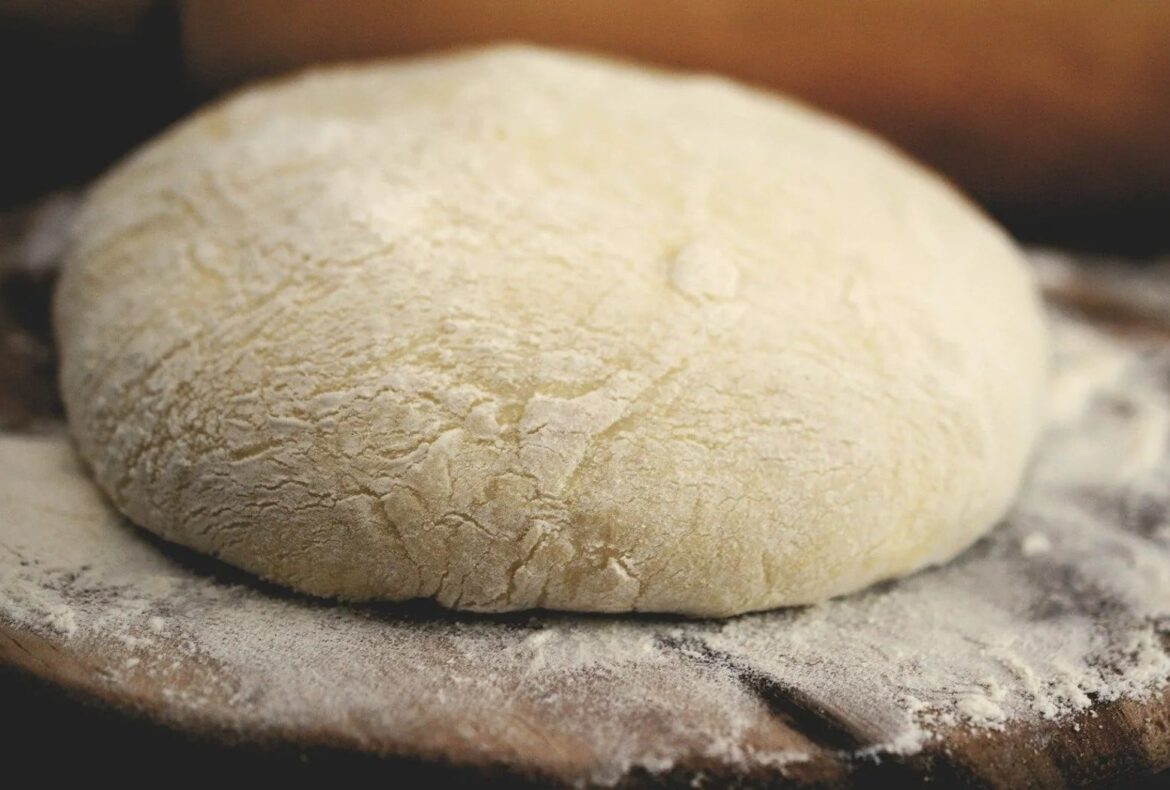Find out what you can do if your yeast dough doesn’t rise. We’ll show you what causes this and what solutions are available. From temperature problems to faulty ingredients, our tips will ensure you enjoy a hassle-free baking experience.
What to do if yeast dough doesn’t rise? Common causes
Yeast dough that doesn’t rise can be frustrating, especially when you’re looking forward to freshly baked bread or rolls. But don’t worry, this problem is more common than you might think and is often easy to fix. In this article, you’ll learn what the most common reasons are for yeast dough not rising and how you can solve these problems.
- One of the most common reasons why yeast dough doesn’t rise is the wrong temperature. Yeast needs a warm environment to work optimally. If it is too cold, fermentation can be stopped. Make sure your kitchen is warm enough, especially in winter. The ideal temperature range is between 24°C and 28°C.
- Another reason could be expired or dead yeast. Always check the expiration date on the product and, if in doubt, perform a simple test: Dissolve some yeast in warm water with a pinch of sugar. If bubbles form after a few minutes, the yeast is still active.
- Too much salt or sugar in the dough can also inhibit yeast activity. Both ingredients draw moisture from the yeast and impair its ability to produce carbon dioxide. Follow the recipe instructions exactly and only add salt after mixing the yeast.
- Sometimes the problem lies with the quality of the flour. It is best to use a strong wheat flour with a high protein content. This provides the yeast with the structure it needs to raise the dough. How the flour is stored also plays a role; keep it dry and sealed in an airtight container.
Immediate help: Tips if the yeast dough does not rise
If the dough does not rise despite correct preparation, there are a few immediate measures you can take. These range from adjusting the ambient temperature to adding additional ingredients.
- Try letting the dough rise in a warmer place. Often, simply placing it near a radiator or in the oven with the light on is enough. Alternatively, you can place a bowl of hot water in the oven to create a warm and humid environment.
- If the yeast is indeed dead, you can try dissolving some additional fresh yeast in lukewarm water and carefully mixing it into the dough. This may give it the boost it needs to rise after all.
- If the dough is too dry, add a little more liquid. However, this should be done gradually so as not to dilute the dough too much. Make sure that the additional liquid is slightly warmed so as not to shock the yeast.
- Check the kneading time. An insufficiently kneaded dough may not have developed enough gluten, which is necessary to make the dough elastic. Knead the dough vigorously for at least 10-15 minutes before letting it rest again.

